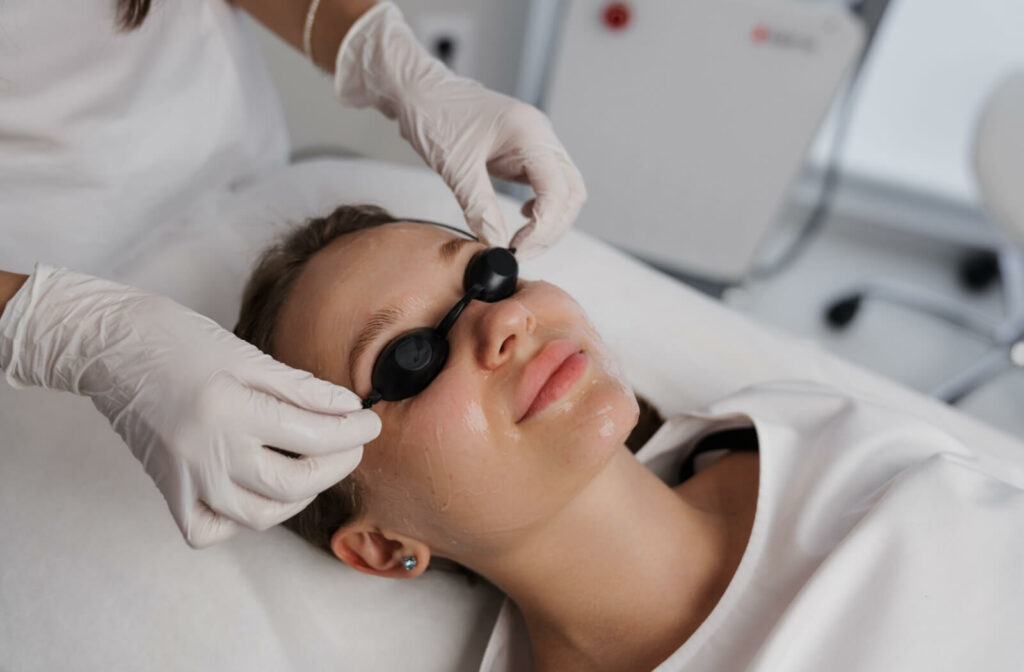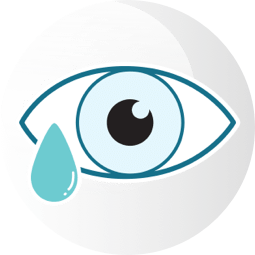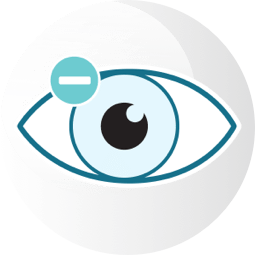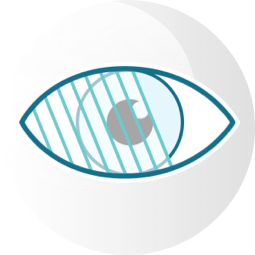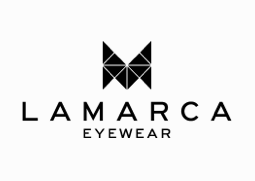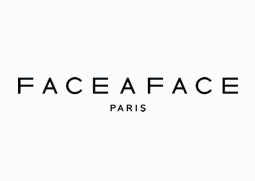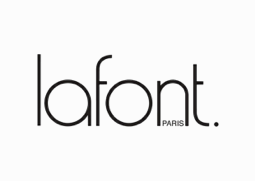Intense Pulsed Light (IPL) therapy is a skin treatment that uses light therapy to target and improve various dermatological or skin concerns and, recently, to address dry eye disease. IPL therapy is a safe, non-invasive, and effective way to reduce dry eye symptoms.
Your eye doctor can recommend IPL or other dry eye therapies based on the underlying cause of your eye and vision discomfort. We explore IPL therapy, explain the science behind IPL, its benefits, and what you can expect from a treatment session.
What Is IPL Therapy?
IPL therapy was originally developed in the 1990s and quickly became a popular treatment for functional and cosmetic concerns, thanks to its non-invasive nature and effectiveness. Unlike traditional lasers, IPL uses pulsed light at varying wavelengths, making it versatile and adaptable for different concerns. High wavelengths can penetrate deeper into the dermis, while specific wavelengths can treat the underlying cause of dry eye due to their thermal effects.
IPL for Dry Eye
If you are one of the millions of people dealing with dry eye disease, you know how frustrating and debilitating it can be. Dry eye disease results when your eyes produce insufficient tears or quality tears to keep the eyes properly lubricated. Dry eye symptoms include irritation, redness, blurry vision, light sensitivity, and discomfort.
Conventional treatments for dry eye disease include artificial tears, prescription medications, and punctal plugs. While these treatments can provide relief, they often address the symptoms rather than the underlying causes.
IPL therapy uses high-intensity light with wavelengths ranging from 515 to 1200 nm to target and treat the root causes of dry eye by improving the function of the meibomian glands. The meibomian glands are responsible for producing the oily layer of tears. However, when the meibomian glands don’t function as they should, it leads to meibomian gland dysfunction and increased evaporation of tears, the underlying factors in dry eye disease.
IPL therapy involves directing pulses of light to the area around the eyes. These light pulses reduce inflammation, stimulate the meibomian glands to secrete oil, and remove blockages in the meibomian glands, improving tear quality and reducing symptoms of dry eye.
What to Expect During IPL Therapy
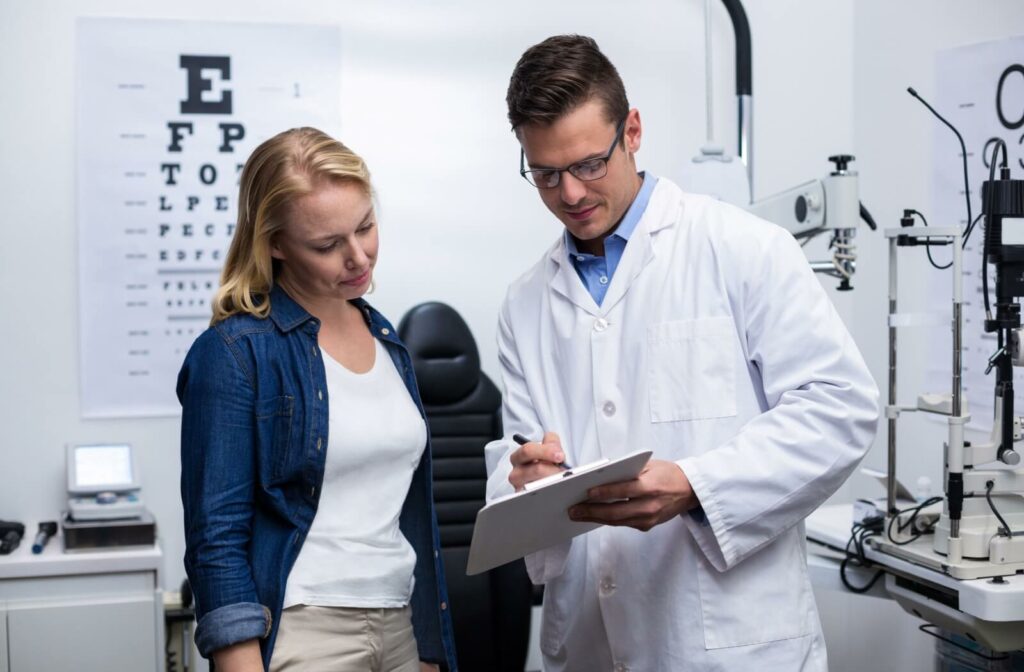
For those considering IPL therapy, understanding what to expect during the procedure can help alleviate any apprehensions you may have. Here’s what you can expect from IPL therapy.
Initial Consultation
Before the procedure, your eye doctor will determine if you’re a suitable candidate for IPL therapy. They will perform a comprehensive eye examination, look at your medical history, and discuss your symptoms.
Preparing for the Procedure
On the day of your IPL session, your eye doctor will clean the area around your eyes and apply a cooling gel to protect your skin. You will also be given protective eyewear to shield your eyes from the light pulses.
Administering the IPL Treatment
Your eye doctor will use a handheld device to deliver precise pulses of light to the targeted areas around your eyes. Patients may experience a slight warming or tingling sensation during the treatment. Once the treatment is complete, your eye doctor may manually express the meibomian glands to release oil in the tears.
The number of IPL therapy sessions required varies depending on the severity of your dry eye. Most patients undergo 3-4 treatment sessions spaced several weeks apart. Patients may notice an improvement in their symptoms after the first session but usually require several treatments for longer-lasting results.
Benefits & Efficacy of IPL Therapy for Dry Eye
The benefits of IPL therapy extend beyond mere symptom relief. Here are some key advantages of undergoing IPL treatment for dry eye disease:
- Improved tear quality: By stimulating the meibomian glands, IPL therapy enhances the quality of tears, providing better eye lubrication and reducing evaporation, dryness, and discomfort.
- Long-lasting relief: Unlike some treatments that offer temporary relief, IPL therapy can provide long-lasting improvements.
- Non-invasive and quick: IPL therapy is a non-invasive procedure that requires minimal downtime. Patients can resume their daily activities immediately after the treatment, making it a convenient option for busy individuals.
IPL Therapy & Aesthetics
IPL therapy is also widely used to treat various skin issues, from discoloration, sun damage, age spots, rosacea, acne, fine lines, and wrinkles. IPL technology has evolved significantly, offering more precise and effective treatments for those seeking a more even skin tone and texture.
Dry Eye Relief with IPL Therapy
IPL therapy presents a promising solution for dry eye sufferers. With its ability to target the root cause, IPL offers long-lasting relief from symptoms and improved eye health.If you are struggling with dry eye symptoms and want to explore IPL therapy, book an appointment with McCauley Celin Eyecare Associates, your step toward better eye health and enhanced quality of life.


